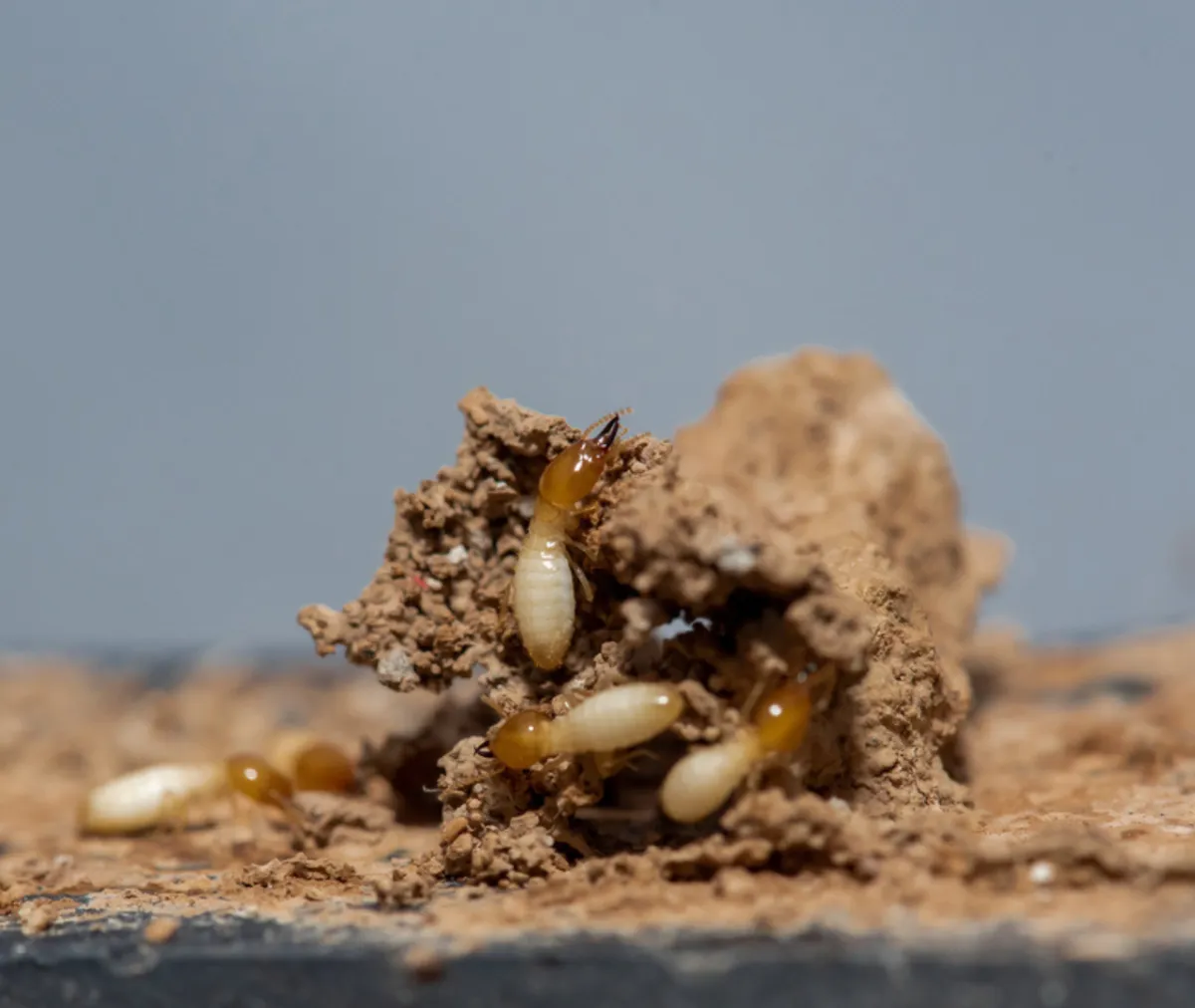
Termites Increase Soil Activity During Cooler Months
As the seasons change and temperatures begin to cool, many expect insect activity to slow down. However, certain pests like termites continue their work below the surface, increasing soil activity even during cooler months. Understanding this behavior helps property owners maintain effective pest management throughout the year and supports long-term prevention strategies.
Termites’ Adaptability to Seasonal Changes
Termites are well-known for their ability to thrive in various environments, adapting their behavior to suit changing conditions. While many insects become less active as temperatures drop, subterranean termites remain busy within their protected underground tunnels.
The soil offers insulation from cold air, maintaining relatively stable temperatures that allow termites to forage, build tunnels, and nurture their colonies year-round. This ongoing soil activity is essential for the colony’s survival and growth, especially as they prepare for future expansion in the warmer seasons.
The Role of Soil in Termite Colonies
Subterranean termites live in complex networks beneath the ground, relying on moist soil to sustain their colonies. The soil acts as a protective barrier, shielding termites from environmental stress and predators while providing a continuous supply of moisture.
During cooler months, termites increase their soil tunneling and feeding activity closer to the surface, seeking out wood and cellulose materials. This increased soil activity allows the colony to maintain food access and repair or expand tunnels as needed.
Signs of Increased Termite Activity in Cooler Months
Though termites primarily remain hidden underground during colder weather, there are subtle signs that may indicate elevated activity:
Mud Tubes: Termites build and maintain mud tubes to travel safely between soil and food sources. Observing fresh or repaired mud tubes along foundations, walls, or crawl spaces suggests ongoing activity.
Wood Damage: Small, unexplained holes or weakened wooden structures near the ground level can signal termite presence.
Swarmers: In some regions, termite swarmers (winged reproductive termites) may emerge in early fall or late winter, indicating an active colony.
Early identification of these signs allows for timely action and supports effective termite management.
Environmental Factors Influencing Termite Activity
Several factors contribute to termite activity during cooler months:
Moisture Levels: Termites require moisture to survive and often become more active when soil and wood are damp. Rainfall, irrigation, or poor drainage near foundations can create favorable conditions.
Temperature Fluctuations: While cold air temperatures slow many insects, soil temperature remains relatively steady, enabling termites to maintain activity underground.
Food Availability: Termites constantly seek cellulose-rich materials. Wood debris, mulch, and untreated lumber near structures increase the likelihood of termite foraging.
Understanding these factors supports better site management and pest prevention.
Preventative Measures During Cooler Months
Maintaining vigilance during cooler seasons is key to minimizing termite risks. Practical prevention strategies include:
Regular Inspections: Schedule routine inspections of foundation areas, crawl spaces, and wooden structures, paying close attention to signs of mud tubes or wood damage.
Moisture Control: Ensure gutters and downspouts direct water away from the foundation, repair leaks, and avoid excessive irrigation near the home.
Proper Ventilation: Adequate airflow in crawl spaces and basements helps reduce moisture buildup.
Landscaping Practices: Keep mulch, firewood, and plant debris away from the foundation to reduce termite access points.
Barrier Treatments: Consider professional application of soil treatments or physical barriers during cooler months to protect vulnerable areas.
Implementing these steps creates an environment less conducive to termite activity.
The Importance of Year-Round Termite Management
Termite colonies are persistent and highly organized, with continuous activity that extends beyond warmer seasons. By recognizing that termites remain active underground during cooler months, property owners can maintain consistent pest management efforts throughout the year.
A proactive approach not only reduces the risk of costly damage but also supports the longevity of buildings and structures. Integrating termite prevention into regular maintenance routines ensures ongoing protection.
Professional Assistance and Monitoring
When signs of termite activity are detected or when preventative measures are desired, consulting pest management professionals is valuable. Experts can perform thorough inspections, identify potential vulnerabilities, and recommend appropriate treatments.
Advanced monitoring systems can track termite presence over time, providing early warnings and enabling timely interventions. This combination of prevention and professional guidance supports effective termite control year-round.
Conclusion
Termite activity does not cease with cooler weather. Subterranean termites continue to increase soil activity during the fall and winter months, maintaining their colonies and seeking out food sources. Awareness of this behavior and taking preventative steps during these seasons are essential for effective termite management. Through regular inspections, moisture control, landscaping adjustments, and professional support, property owners can protect their investments and maintain safe, pest-resilient environments throughout the year.